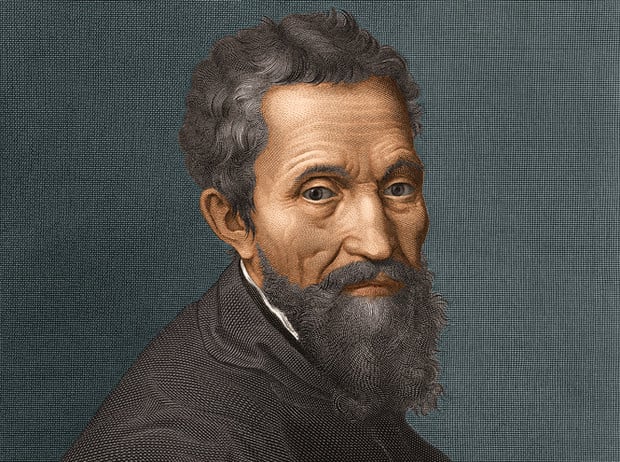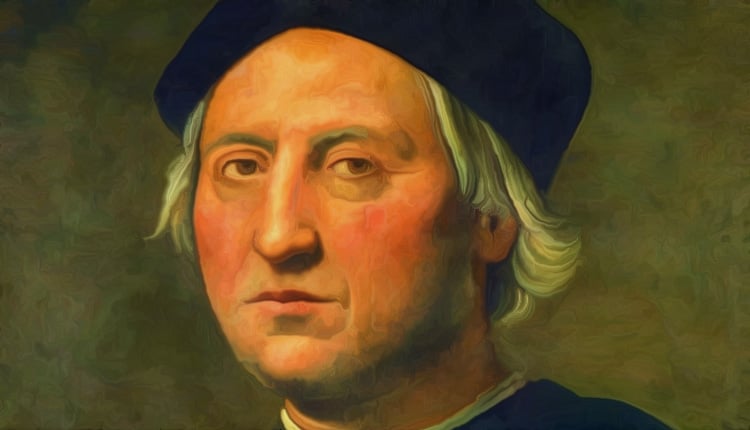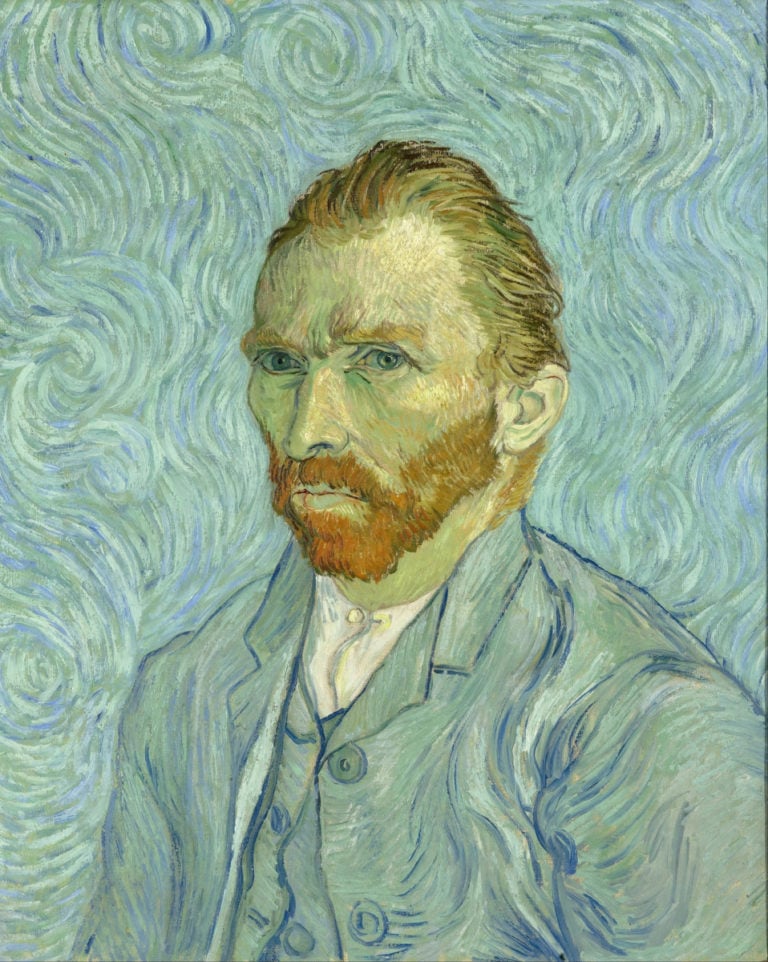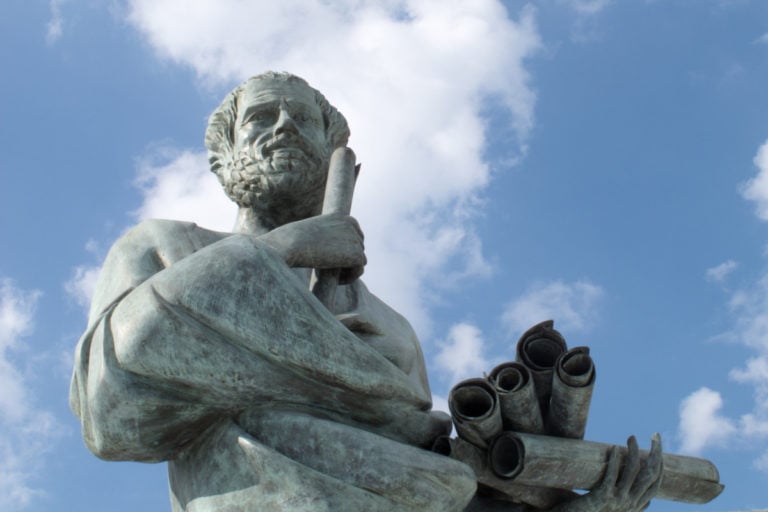Let’s talk about interesting life facts of the legendary Renaissance master – Michelangelo Buonarroti.
- Broken nose
- First fame
- Carved "David" from a discarded piece of marble
- Did work for nine different Catholic popes
- I inserted my own likeness in some of my most famous works
- Designed military fortifications for the city of Florence
- Gifted poet
- He continued to work until his last day
- Two of his most famous works were vandalized
Broken nose
As a teenager, Michelangelo was sent to live and study in the home of Lorenzo de’ Medici, at that time one of the most important patrons in all of Europe. His firm hand with chisel and brush soon became the envy of all his classmates.
One young rival named Pietro Torrigiano got so mad at Michelangelo’s superior talent – and perhaps also his sharp tongue – that he punched him in the nose, leaving him forever crooked.
“I gave him such a blow on the nose that I felt the bones and cartilage sink like a biscuit,” Torrigiano later boasted, “and this mark of mine he will take with him to the grave.”
First fame
Early in his career, Michelangelo carved a now-lost statue of Cupid in the style of the ancient Greeks. Seeing the work, its patron Lorenzo di Pierfrancesco de’ Medici suggested a cunning deception.
“Prepare it so that it looks dug out,” the Medici said, “I’ll send it to Rome and it will pass for antiques, and we will sell it for a much better price.”
Michelangelo agreed, and the feigned cupid was sold to Cardinal Raffaele Riario under the guise of a newly discovered archaeological wonder. Riario later heard rumors of a scam and got his money back, but was so impressed with Michelangelo’s skill that he invited him to Rome for a meeting.
The young sculptor would linger in the Eternal City for the next few years, eventually winning a commission to carve the Pieta.
Carved “David” from a discarded piece of marble
Michelangelo was known for being picky about the marble he used, but for his famous David statue, he used a block that other artists considered unworkable.

Known as “The Giant,” the massive slab was quarried nearly 40 years ago to create a series of Florence Cathedral sculptures that were eventually abandoned. After years of weathering, the marble had deteriorated and become rough, and when Michelangelo began working on it in 1501, it already had chisel marks from other sculptors.
Michelangelo ended up turning the discarded block into one of his most striking works, but a recent analysis of The David has shown that the poor quality of the stone is taking its toll and deteriorating faster than most other statues.
Did work for nine different Catholic popes
Beginning in 1505, Michelangelo worked for nine successive Catholic pontiffs from Julius II to Pius IV. His work for the Vatican was extensive and included everything from making decorative papal bed handles to four grueling years of painting the ceiling of the Sistine Chapel.
Michelangelo’s relationship with his patron saints was not always pleasant. He had a particularly tense relationship with the belligerent Pope Julius II and once spent three years working on a marble façade for Leo X, only for the Pope to abruptly cancel the project.
Later, the artist developed more friendly relations with other pontiffs and found a famous protector in the person of Pope Paul III, who defended his work “The Last Judgment” after church officials considered its numerous nudes obscene.
I inserted my own likeness in some of my most famous works
Michelangelo rarely signed his work and did not leave behind official self-portraits, but he sometimes hid stylized images of his face in his paintings and sculptures.
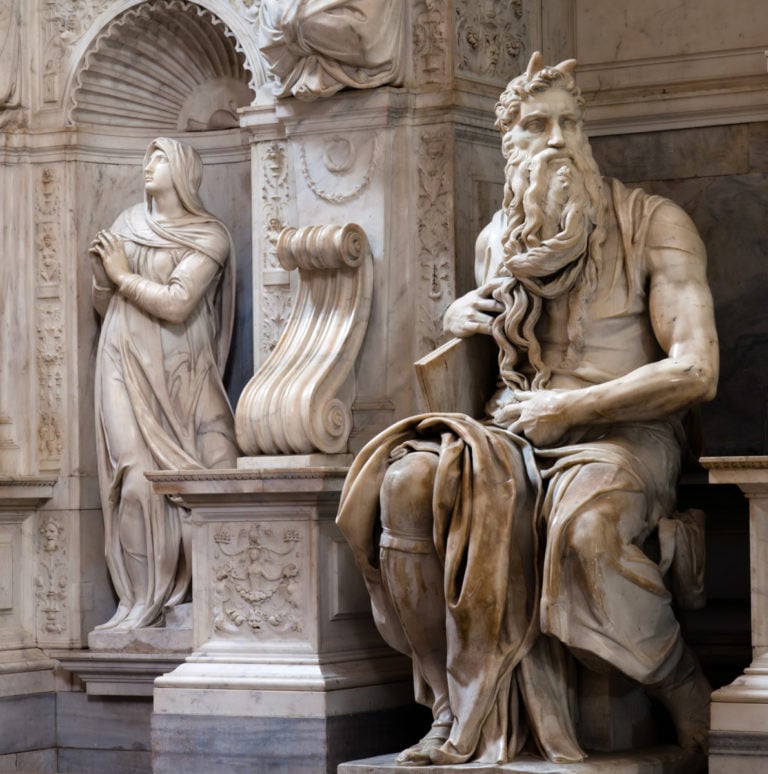
The most famous of these secret self-portraits is on his fresco The Last Judgment in the Sistine Chapel of 1541, which depicts St. Bartholomew, and his face is similar to that of the artist. Michelangelo also depicted himself as Saint Nicodemus in his so-called Florentine Pieta, and art historians have suggested that he may be depicted as an extra in his Crucifixion of Saint Peter fresco.
Designed military fortifications for the city of Florence
In 1527, the inhabitants of Michelangelo’s native Florence expelled the ruling Medici family and established a republican government. Despite the fact that Michelangelo worked for the Medici Pope Clement VII, he supported the republican cause and was appointed director of the city’s fortifications.
He took his work seriously, making extensive sketches of lookout bastions and even traveling to nearby towns to study their defensive walls. Later, the military fortifications proved to be a major setback when the pope’s troops arrived to retake the city, and Florence endured a 10-month siege before finally falling in August 1530. Michelangelo could easily have been executed as a traitor, but Clement VII forgave him for his role in the rebellion and even immediately re-hired him.
Gifted poet
Michelangelo is best known as an artist, but he was also a respected man of letters in his day. During his career, he wrote several hundred sonnets and madrigals, often writing down random lines of poetry as he thrashed statues in his workshop.
Michelangelo’s poetry uses extensive wordplay and touches on everything from sex and aging to his overactive bladder (he laments the “wet duct making me wake up too early”). Although none of these works were officially published during his lifetime, they circulated widely among sixteenth-century Roman literati, and composers even composed some of them to music.
He continued to work until his last day
Michelangelo spent most of his golden years overseeing the construction of St. Peter’s Basilica in the Vatican.
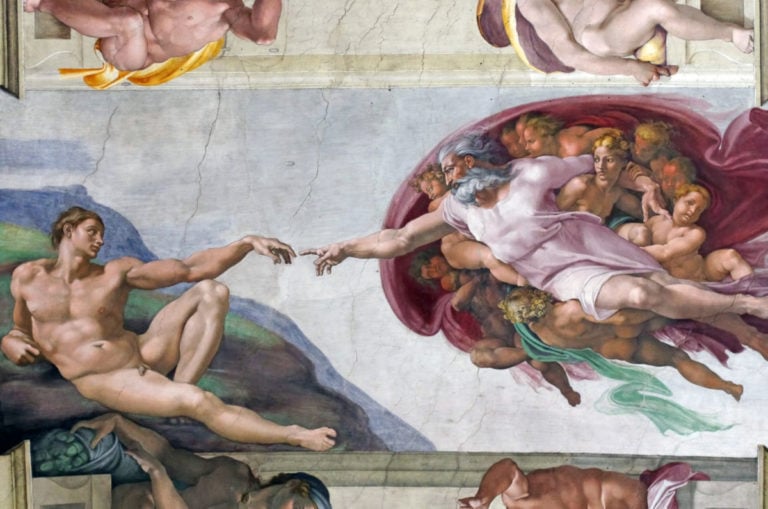
Even after he became too weak to visit the place of work regularly, he still supervised the work from home, sending drawings and designs to trusted craftsmen. However, sculpture remained Michelangelo’s true love, and he continued to work from his home studio until the very end. Just a few days before his death at the age of 88, he was still working on the so-called “Rondanini Pieta”, which depicts Jesus in the arms of the Virgin Mary.
Two of his most famous works were vandalized
In 1972, a mentally unstable geologist named Laszlo Toth jumped over the fence at St. Peter’s Basilica and hit Michelangelo’s Pieta with a hammer. The attack broke Madonna’s nose and forearm, as well as part of her eyelid and veil.
Later, restoration teams unearthed dozens of pieces of marble from the priceless statue, the culprit being an American tourist who picked it up during the riots. It took 10 months of repairs before the Pieta was again put on display – this time behind a layer of protective glass. A similar fate befell “David” in 1991, when a vandal with a chisel cut off part of his left toe.
